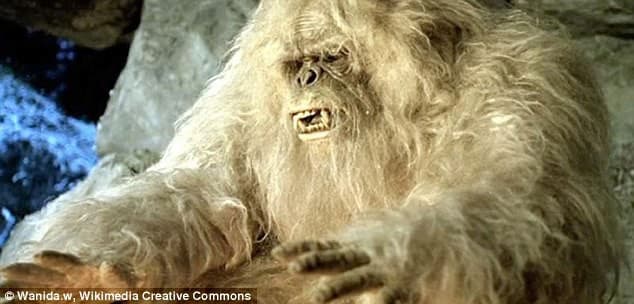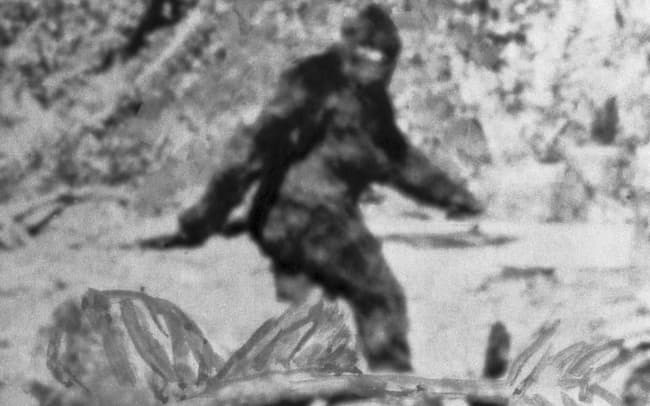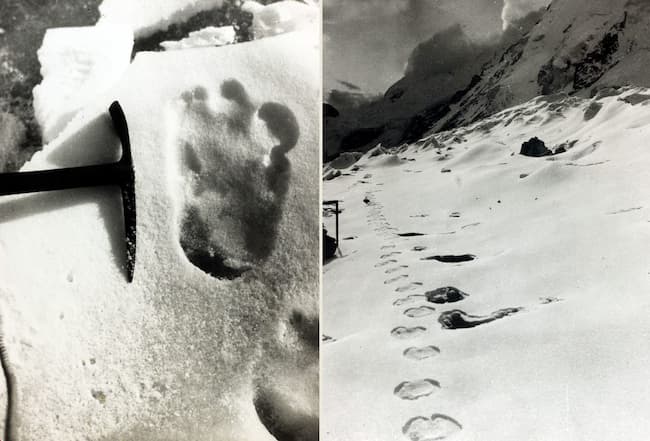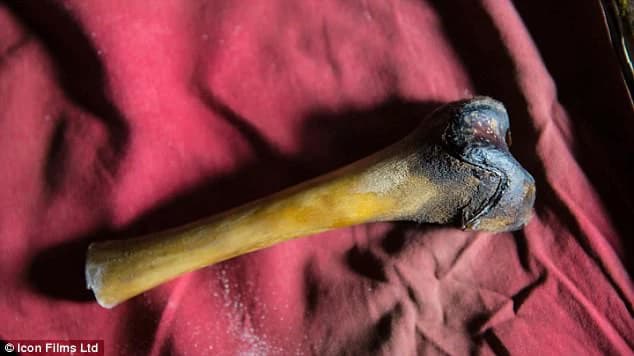Yeti once caused a stir in the world, when evidence showed that the existence of this creature was real.

According to legend, there is a mysterious creature in the Himalayan mountains of the Tibetan plateau. It has the appearance of a giant, standing over 2 meters tall, with white fur covering its entire body.

This creature is the Yeti – a legend that is comparable to the legend of Bigfoot of the Americas.
Many people have tried to find ways to prove that Yeti is real, based on the stories and evidence that have been scattered and passed down through the generations. Even in some museums, people still keep bones, teeth, skin, hair, and even feces that are said to be of Yeti. All were found in the Himalayas and the Tibetan plateau.

However, according to a recent study, the evidence found to date can be said to be… worthless, based on DNA testing technology.
Specifically, experts from Buffalo University (USA) tried to analyze 9 of the most famous evidence of Yeti – bones, skin, hair, and feces. Most were found in caves around the Tibetan plateau.

And the results were… shocking: 1 sample was from a dog, while the remaining 8 evidence belonged to Himalayan brown bears or Tibetan brown bears.
According to Dr. Charlotte Lindqvist, the author of the study, “Our study shows that the biological evidence of Yeti all belongs to bears in the region, and also proves that gene technology will clarify similar mysteries.”

In fact, Dr. Lindqvist’s research team is not the first to try to process the “Yeti” gene. However, Dr. Lindqvist believes that previous studies have only analyzed genetics at a simple level, leaving the most important question, “Is Yeti real?” unanswered.
In addition to searching for a mythical creature, Lindqvist’s team’s work also sheds light on the evolutionary process of Asian bears.
“Bears in this area are endangered from the perspective of conservationists. However, no one knows about their past.”
“For example, Himalayan brown bears are endangered. Clarifying the distribution structure and genetic diversity can help us accurately determine the number of species, thereby creating appropriate conservation strategies.”
To obtain these results, experts compared the DNA they obtained with the gene samples of 23 Asian bears stored in the world’s database. The results also showed that the Tibetan brown bear has a common ancestor with the North American brown bear and the Eurasian bear.
Meanwhile, the Himalayan brown bear belongs to a different branch, which separated earlier than all the remaining bear species. This separation occurred around 650,000 years ago – when the ice age occurred.
In conclusion, the confirmation of whether Yeti exists or not still does not have an answer, but at least the evidence that is considered to be the “clearest” of Yeti has been rejected.

